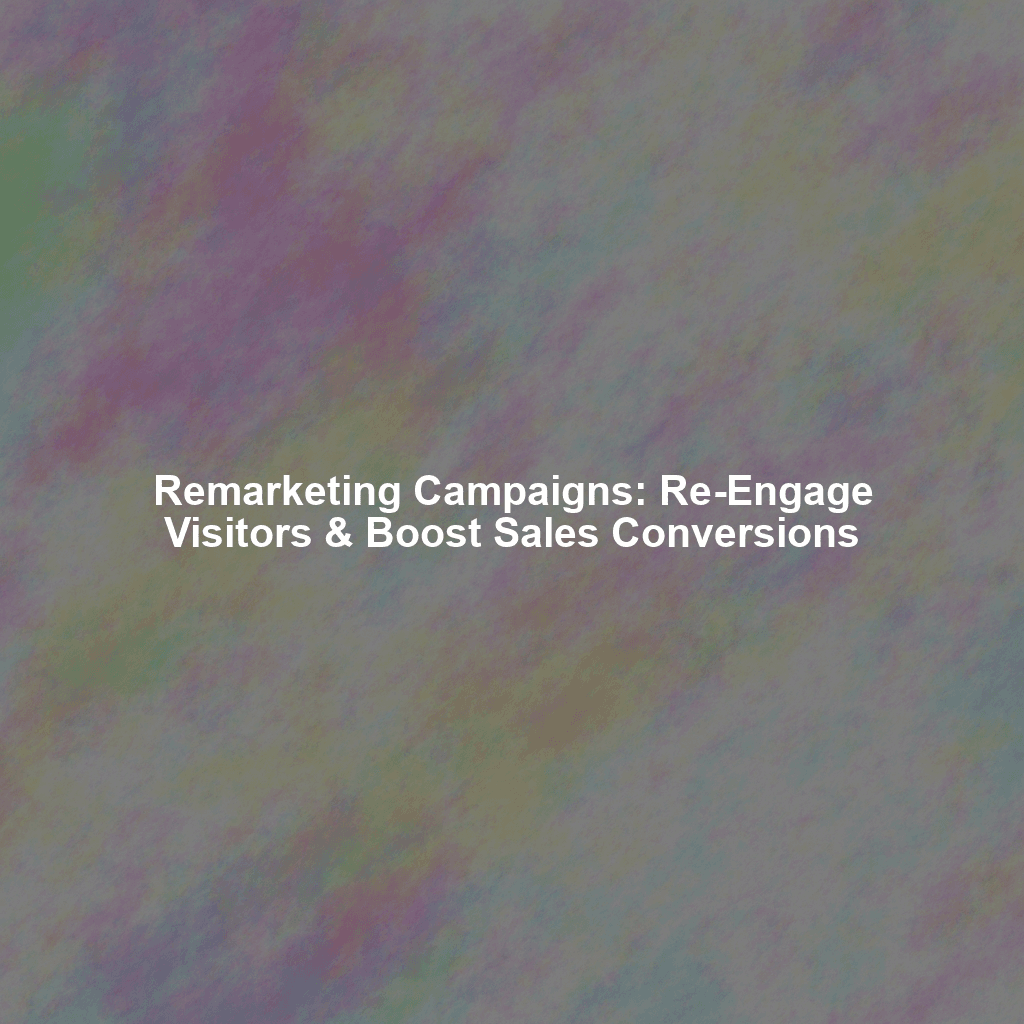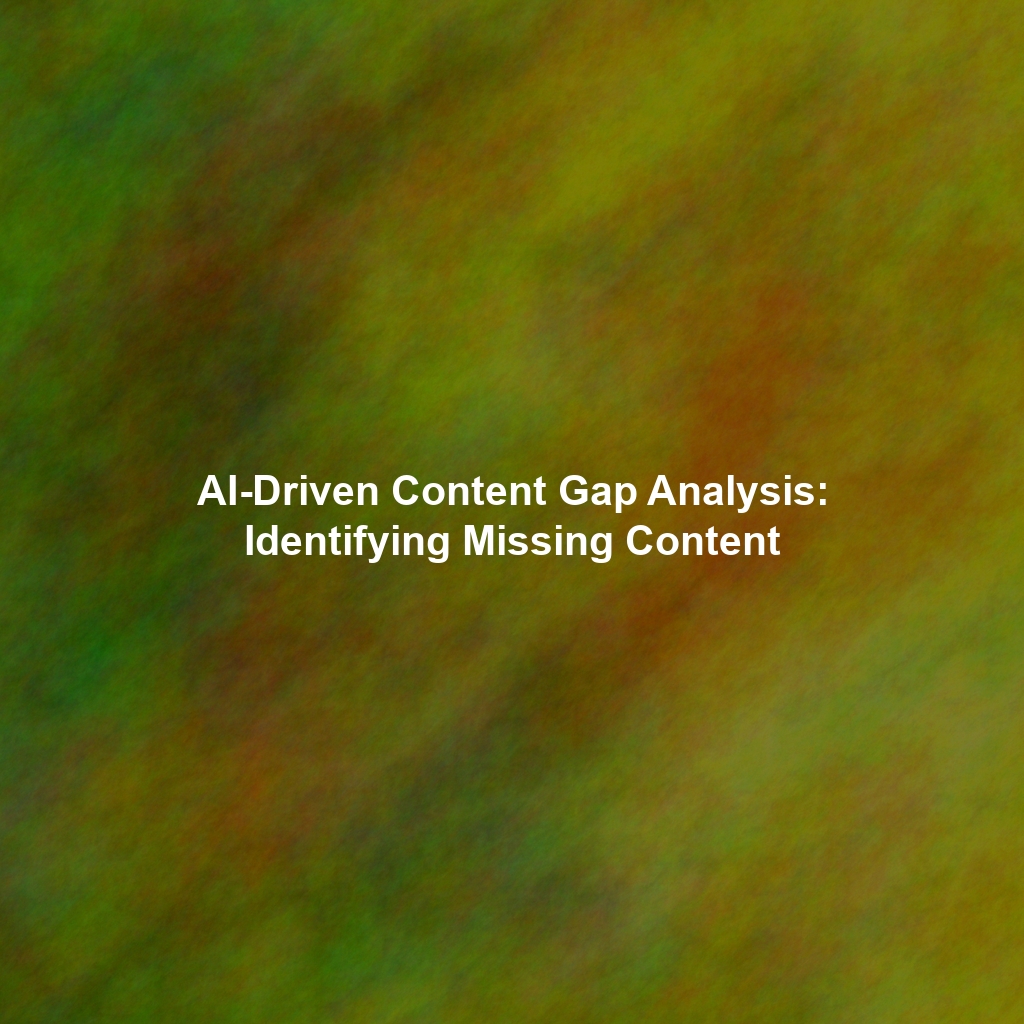Imagine a potential customer browsing your online store, adding items to their cart, but abandoning it before completing the purchase. Or someone who spends considerable time reading your blog posts about a specific service you offer. These are not cold leads; they are warm prospects who are already familiar with your brand. Remarketing allows you to create highly targeted campaigns that gently nudge these individuals back towards conversion.
This article delves into the core principles of remarketing, exploring how it works, the various platforms you can use, the best practices to implement, and the strategies to ensure your campaigns are successful in re-engaging visitors and ultimately boosting your sales conversions.
Understanding the Core of Remarketing
At its heart, remarketing is about showing ads to people who have previously interacted with your website or mobile app. This interaction can be anything from visiting a specific page, watching a video, or adding an item to a shopping cart. The key is that these individuals have already demonstrated some level of interest in what you offer.
How Does Remarketing Work?
The process typically involves these steps:
- Tagging Your Website: A small piece of code, often called a “pixel,” is placed on your website. This pixel is invisible to visitors but tracks their activity.
- Building Audience Lists: Based on the data collected by the pixel, you create lists of users who meet specific criteria, such as those who visited a particular product page or abandoned their shopping cart.
- Creating Targeted Ads: You design ads specifically tailored to these audience lists. For example, you might show an ad featuring the exact product a user viewed but didn’t purchase.
- Displaying Ads: When a user on your audience list visits other websites or social media platforms within the ad network (like Google Display Network or Facebook), your ads are displayed to them.
The Psychology Behind Remarketing
Remarketing leverages several psychological principles to be effective:
- Brand Recall: Repeated exposure to your brand reinforces recognition and keeps you top-of-mind.
- Loss Aversion: People are more motivated to avoid a loss than to acquire an equivalent gain. A remarketing ad reminding them of an abandoned shopping cart can trigger this feeling of potential loss.
- Social Proof: If your ads highlight positive reviews or testimonials, it can build trust and encourage conversions.
Choosing the Right Platforms for Your Remarketing Campaigns
Several platforms offer robust remarketing capabilities. Selecting the right one depends on your target audience and advertising goals.
Google Ads Remarketing
Google Ads offers a comprehensive suite of remarketing options, including:
- Standard Remarketing: Shows ads to past visitors as they browse websites and apps on the Google Display Network (GDN).
- Dynamic Remarketing: Displays ads featuring the specific products or services that visitors viewed on your website. This is particularly effective for e-commerce businesses.
- Remarketing Lists for Search Ads (RLSA): Allows you to tailor your search ads based on whether a user has previously visited your website. You can bid higher for returning visitors or show them different ad copy.
- Video Remarketing: Shows ads to people who have interacted with your YouTube channel or videos.
- Customer Match: Upload customer email addresses to create targeted audience lists.
Facebook & Instagram Remarketing
Facebook’s remarketing capabilities are equally powerful, leveraging its vast user base and detailed targeting options:
- Website Custom Audiences: Targets users who have visited your website or specific pages.
- Customer List Audiences: Similar to Google’s Customer Match, allows you to upload customer lists and target those individuals on Facebook and Instagram.
- Engagement Audiences: Targets users who have interacted with your Facebook or Instagram content, such as liking a post, watching a video, or engaging with your page.
Other Remarketing Platforms
While Google and Facebook dominate the landscape, other platforms offer remarketing options as well:
- LinkedIn: Ideal for B2B marketing, allowing you to target professionals who have visited your website or interacted with your LinkedIn content.
- Twitter: Offers website retargeting, allowing you to show ads to users who have visited your website.
- AdRoll: A platform specializing in retargeting across multiple ad networks.
Remarketing Best Practices: Maximizing Your Campaign’s Potential
While remarketing is a powerful tool, it’s essential to follow best practices to ensure your campaigns are effective and avoid annoying potential customers.
Segment Your Audience
Don’t treat all website visitors the same. Segment your audience based on their behavior and interests. For example, create separate lists for:
- Visitors who viewed specific product categories.
- Users who added items to their cart but didn’t purchase.
- People who spent a significant amount of time on a particular page.
- Existing customers (for upselling or cross-selling).
Tailor Your Ad Creative
Your ad copy and visuals should be relevant to the specific audience segment you’re targeting. Use dynamic remarketing to show ads featuring the exact products that visitors viewed. Offer personalized messages and incentives.
Set Frequency Caps
Avoid bombarding users with too many ads. Set frequency caps to limit the number of times a user sees your ad per day or week. This prevents ad fatigue and reduces the risk of annoying potential customers.
Use Exclusion Lists
Exclude users who have already converted. There’s no point in showing ads to someone who has already made a purchase. Also, consider excluding users who have unsubscribed from your email list or requested not to see your ads.
Test and Optimize
Continuously test different ad creatives, targeting options, and bidding strategies to optimize your campaigns for maximum performance. Use A/B testing to compare different versions of your ads and identify what resonates best with your audience.
Consider Burn-Pixel Strategies
Once a user converts, implement a “burn pixel” which immediately removes them from your remarketing list. This prevents wasted ad spend and focuses your resources on potential new customers.
Effective Remarketing Strategies to Drive Conversions
Beyond the best practices, adopting strategic approaches can significantly enhance your remarketing campaigns.
Abandoned Cart Recovery
This is a classic and highly effective remarketing strategy. Target users who added items to their shopping cart but didn’t complete the purchase. Remind them of the items they left behind and offer incentives, such as free shipping or a discount, to encourage them to complete the purchase.
Upselling and Cross-selling
Target existing customers with ads promoting related products or services. For example, if someone recently purchased a camera, you could show them ads for lenses, tripods, or other accessories.
Lead Nurturing
For businesses that generate leads rather than direct sales, remarketing can be used to nurture leads through the sales funnel. Target users who downloaded a whitepaper or signed up for a webinar with ads that provide valuable information and guide them towards becoming customers.
Seasonal Promotions and Events
Use remarketing to promote seasonal sales, holidays, or special events. Target users who have shown interest in your products or services in the past with ads highlighting your current promotions.
Value-Based Offers
Consider varying your offers based on how far a prospect has progressed through the buyer’s journey. A first-time visitor might be served a free shipping offer, whereas a returning visitor who abandoned a cart might receive a more aggressive discount.
Layering Remarketing Audiences
Experiment with layering your remarketing audiences for more granular targeting. For example, you might target users who visited your product page AND spent at least two minutes on your site. This ensures you’re reaching the most engaged prospects.
Measuring the Success of Your Remarketing Campaigns
Tracking key metrics is crucial for evaluating the effectiveness of your remarketing efforts.
Key Performance Indicators (KPIs)
- Conversion Rate: The percentage of users who click on your ad and complete a desired action (e.g., purchase, sign-up).
- Click-Through Rate (CTR): The percentage of users who see your ad and click on it.
- Cost Per Acquisition (CPA): The cost of acquiring a new customer through your remarketing campaigns.
- Return on Ad Spend (ROAS): The revenue generated for every dollar spent on your remarketing campaigns.
- Website Engagement Metrics: Track metrics like bounce rate, time on site, and pages per session for users who clicked on your remarketing ads.
Tools for Tracking and Analysis
- Google Analytics: Provides detailed insights into website traffic and user behavior.
- Google Ads Conversion Tracking: Tracks conversions that result from your Google Ads campaigns.
- Facebook Pixel: Tracks website activity and conversions for your Facebook and Instagram ads.
Analyzing Your Data
Regularly analyze your data to identify areas for improvement. Are your ads resonating with your target audience? Are your bidding strategies effective? Are you excluding the right users? Use the insights you gain to optimize your campaigns for better performance.
Unlock Your Sales Potential with Strategic Remarketing
Remarketing is not just about showing ads; it’s about understanding your audience, delivering relevant messages, and guiding potential customers back to your website to complete their journey. By implementing the strategies and best practices outlined in this article, you can create highly effective remarketing campaigns that re-engage visitors, boost sales conversions, and maximize your advertising ROI. Don’t let warm leads slip away – leverage the power of remarketing to turn them into loyal customers.
 Skip to content
Skip to content

